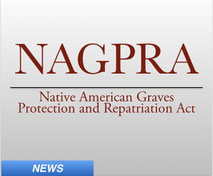
Happy World Heritage Day everyone! What the heck is that you ask? Let us introduce you. World Heritage Day (a.k.a. International Day for Monuments and Sites) is an annual event held every April 18. It is promoted by the International Council on Monuments and Sites (ICOMOS), a global non-government entity dedicated to the preservation of heritage sites around the world, and by the United Nations World Heritage Centre. Every year there is a different theme and this year’s theme is “Cultural Heritage and Sustainable Tourism.” According to the World Heritage Centre, cultural tourism generates nearly 40% of tourist revenue globally, giving particular resonance to the United Nations General Assembly statement that international tourism “foster[s] better understanding among peoples everywhere…leading to a greater awareness of the rich heritage of various civilizations and…bringing about a better appreciation of the inherent values of different cultures, thereby contributing to the strengthening of peace in the world.” But, as the World Heritage Centre points out, if not managed properly tourism can be horrible:
“When undertaken responsibly, tourism is a positive force for sustainable development, conservation and environmental protection - but if unplanned, tourism can be socially, culturally and economically disruptive, and have a devastating effect on fragile environments. Poorly managed and uncontrolled tourism can be a major threat to the values of heritage and long-term economic development.”
In the United States, the US branch of ICOMOS has partnered with the National Park Service to create a micro website that highlights World Heritage Sites in the United States and the US’s role in creating the World Heritage Convention. Check it out at www.worldheritageusa.org. Or, if you’re more interested in the UN’s framework for sustainable tourism, use the following link http://whc.unesco.org/en/tourism/. But realize that by clicking on either link you are in fact leaving our website. While you’re gone, we’re going to go out and high-five an archaeologist. Sustainably.



